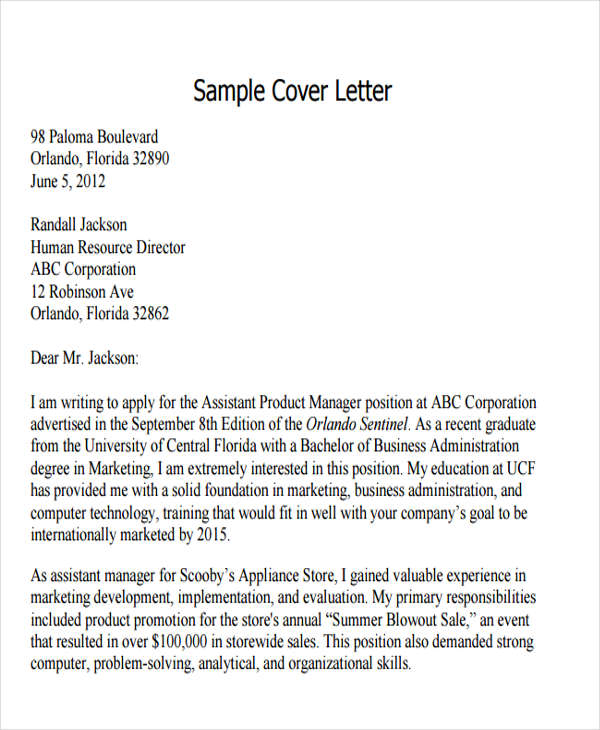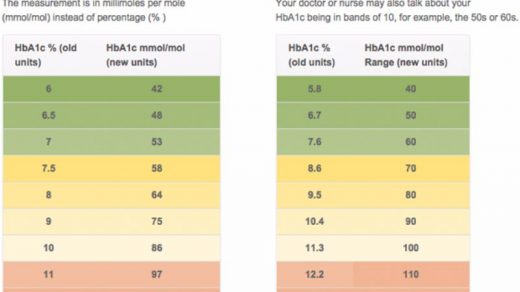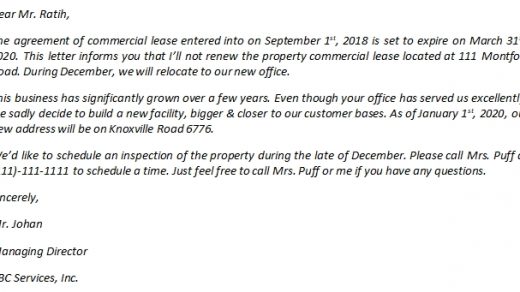Knowing the right business letter format is important because we are talking about professional conduct here. In the business world, there are certain norms and rules that apply and you need to follow them up to be respected, to be considered professional, and to gain trust from other business people. Even when it comes to written documents, everything has its own structure or format that serves as the standard acceptable norms. Fail to address this and you will fail to set up any business relationship or networking

Contents
What Is a Business Letter?
As the name suggests, a business letter is the written documents of correspondence happening between two participants through different delivery systems, like regular mail, hand delivery (courier, mostly), and email. The topics may be varied – it can be a business proposition, a business complaint, and many more. Just like the topics, the tones and the purpose can be different – it can be casual or formal. In many cases, it can be neutral with a slight formal tone.
- Keep Tracking Your Schedule with Free Calendar Template
- 8+ Anything You Need to Know about Release of Liability Form Template
- 11+ How to Fill the Fax Cover Sheet Sample Template Online
- 20+ The Ultimate Guide to Create a Resume Outline Template
- 6+ Table of Contents Template for Your Essay Format
How to Write the Business Letter
Here is the complete rundown of how the business letter format should look like:
- The name of the sender
- The company name
- The company’s street address
- The city, state or province, and zip code
- The contact person info such as email address or phone number
- The date when the letter is made
- The name of the recipient
- The company name
- Company’s street address
- The city, state or province, and zip code
- The contact person info (of the recipient)
- The subject – Letter of Business Proposition or Updated Billing Report
- Dear [name]
- Introduction why the letter is made and written and what the sender is expecting from it
- Middle section is where the detailed description or information is provided. It can be long or short, depending on the purpose of the letter
- Conclusion. There should be a summary to this, followed by a call to action (if any) or the next step
- Greetings
- Signature
- Sender’s name – title or position in the company can be included
Some Handy Tips in Writing the Letter
Even with the already provided structure and business letter format, starting out the correspondence can be quite confusing. That’s why there are some useful tips that can help:
- Make a draft first. Even when you are writing an email, it would be helpful if you use a draft first. It allows you to scribble things, cross the mistakes, and such thing alike.
Use simple, direct, and straightforward language. Yes, the tone should be a least quite formal but you don’t want to make the recipient get bored with too long words and too boring explanation. Keep everything direct. - It doesn’t hurt to do a research about the recipient so you know at least the title or position in the company. It gives you an additional point when you can address the recipient with the title and name, instead of ‘To Whom It May Concern.’
There are many different formats and structures for different kinds of business letters – you only need to do the search and make sure to pick the right one. With the example of business letter format and guide, you can avoid mistakes and errors.


